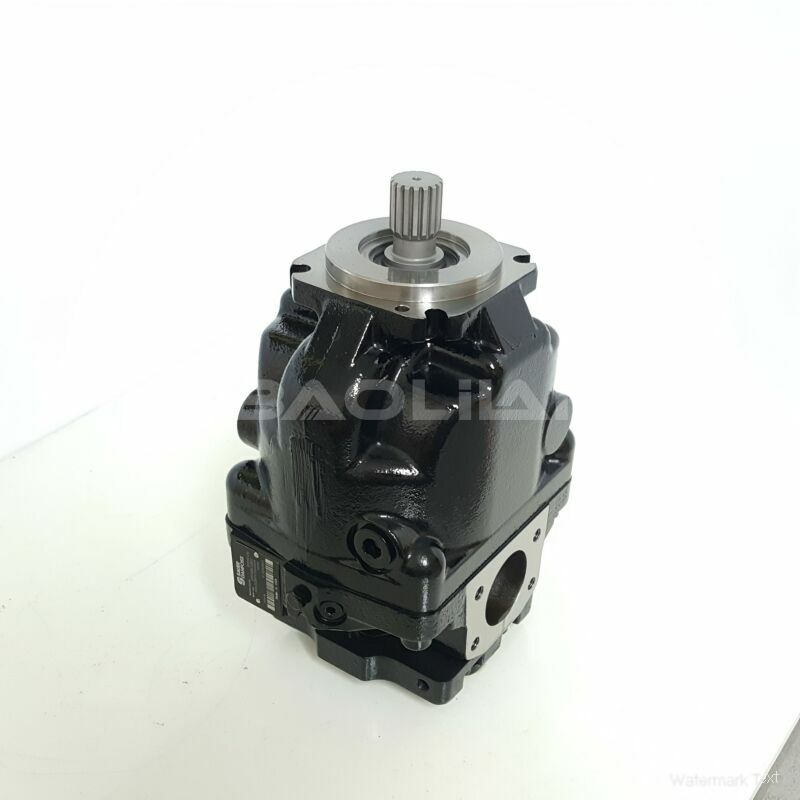ERR100BLS2125NNN3S1APA1NAAANNNNNN hydraulic oil pump
ERR100BLS2125NNN3S1APA1NAAANNNNNN hydraulic oil pump

- Product Details
- Applicable Scene
Cavitation is another common cause of noise in plunger pumps. This occurs when there is insufficient pressure at the pump inlet, leading to the formation of vapor bubbles that collapse violently within the pump. To troubleshoot cavitation, ensure that the fluid supply is adequately pressurized and that the pump is not operating at excessive flow rates, which can further exacerbate the problem.
ER-R-100B-LS-21-25-NN-N-3-S1AP-A1N-AAA-NNN-NNN
ERR100BLS2125NNN3S1APA1NAAANNNNNN
Listening to the operational environment can also provide clues about the source of excessive noise. Other machinery nearby may vibrate or produce sound that can mislead diagnostics. If possible, isolate the pump and run it independently to determine whether the noise persists.

83037767
Lastly, if the noise persists after these checks, consider consulting the manufacturer’s manual for troubleshooting guides specific to the pump model. In some cases, reaching out to a professional technician for an in-depth assessment may be necessary, particularly if issues relate to the pump’s mechanical integrity.
In conclusion, troubleshooting excessive noise in plunger pumps involves a systematic approach that includes identifying noise types, checking for loose components, inspecting suction and discharge lines, examining internal parts, and addressing cavitation issues. Regular maintenance and careful observation will help maintain the pump’s performance while minimizing noise, ensuring a more efficient and quieter operation.





